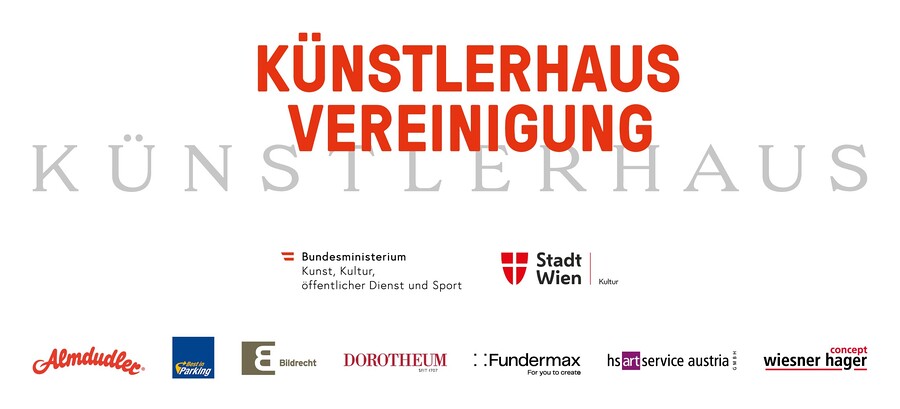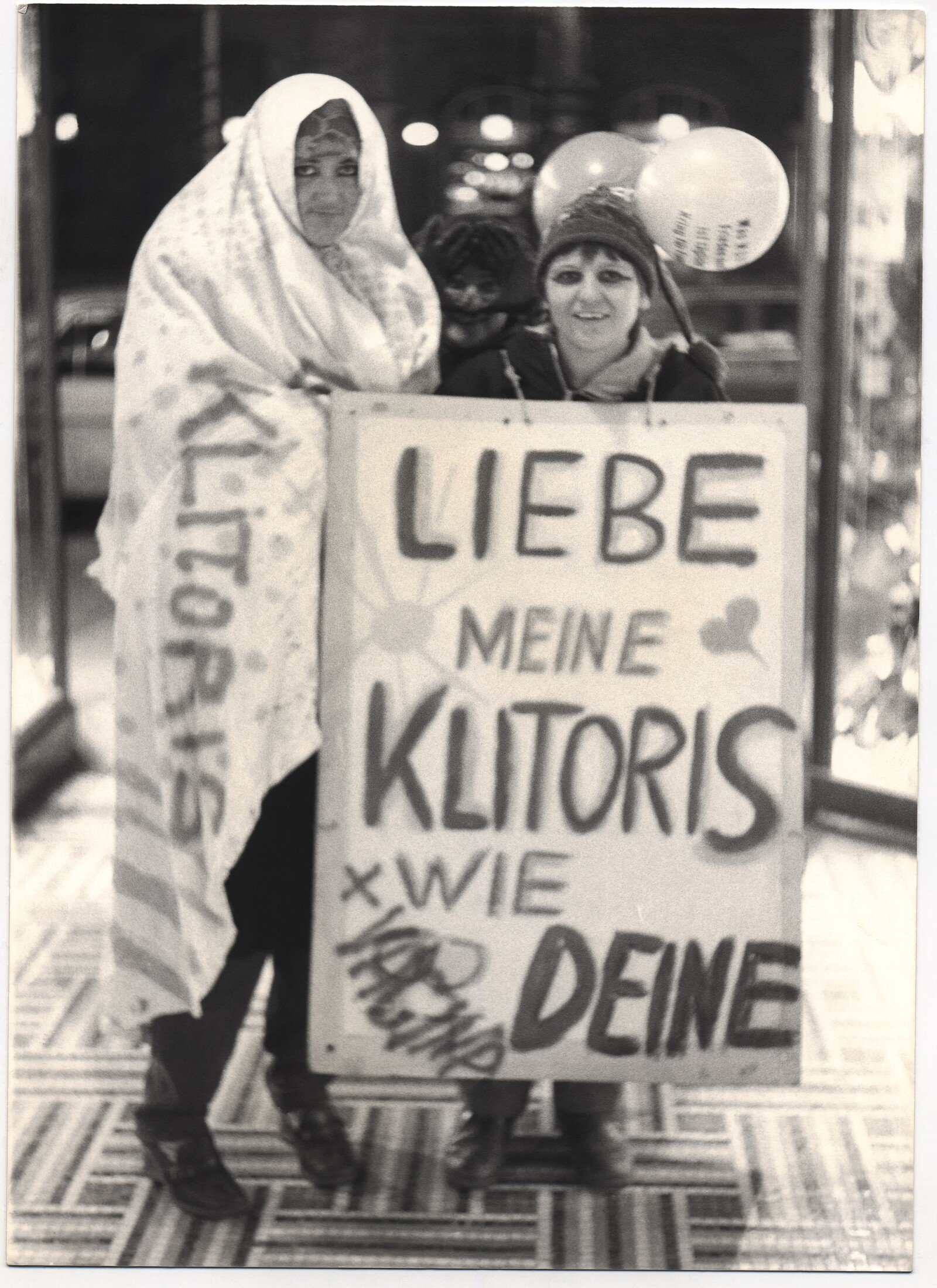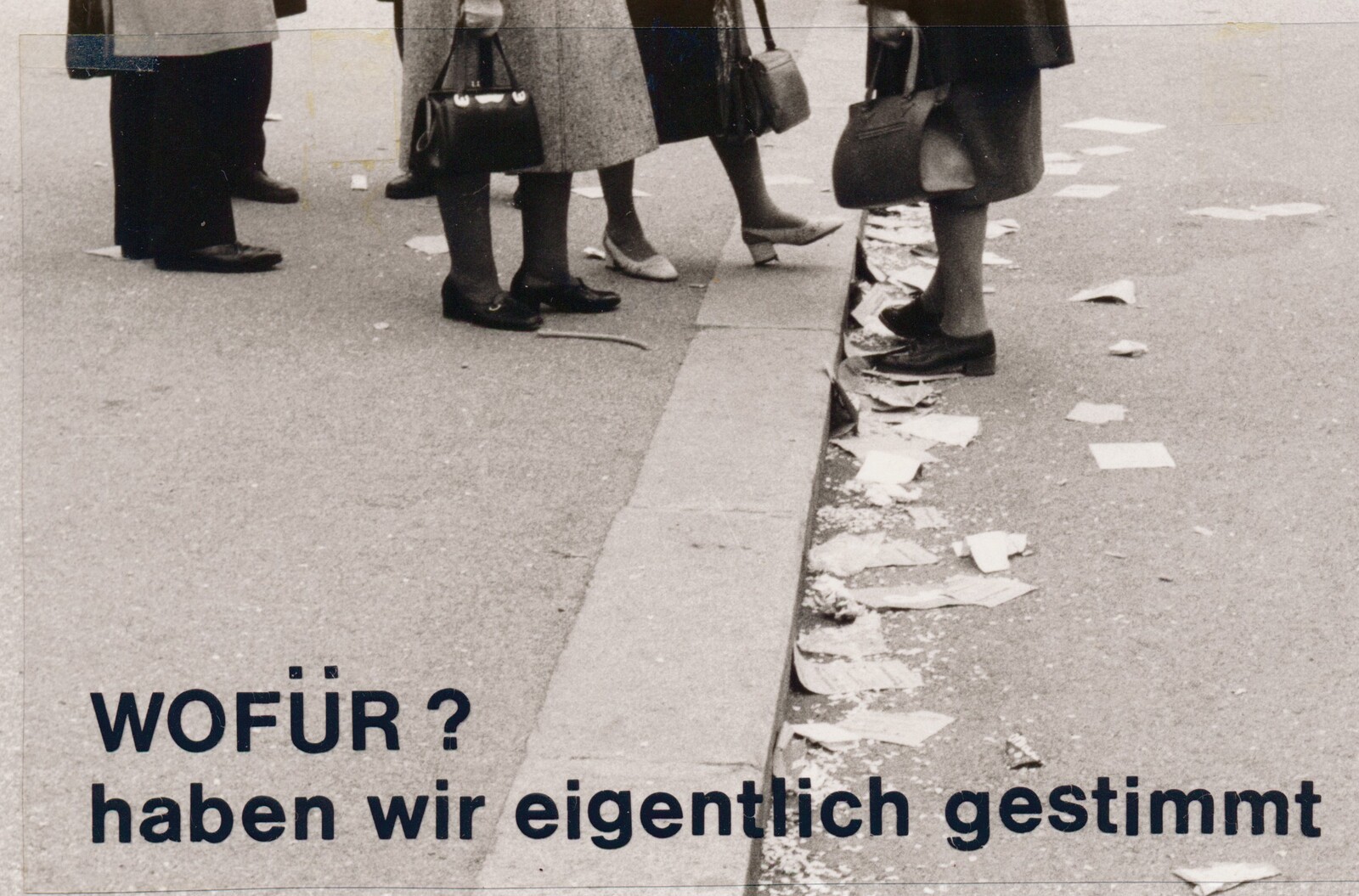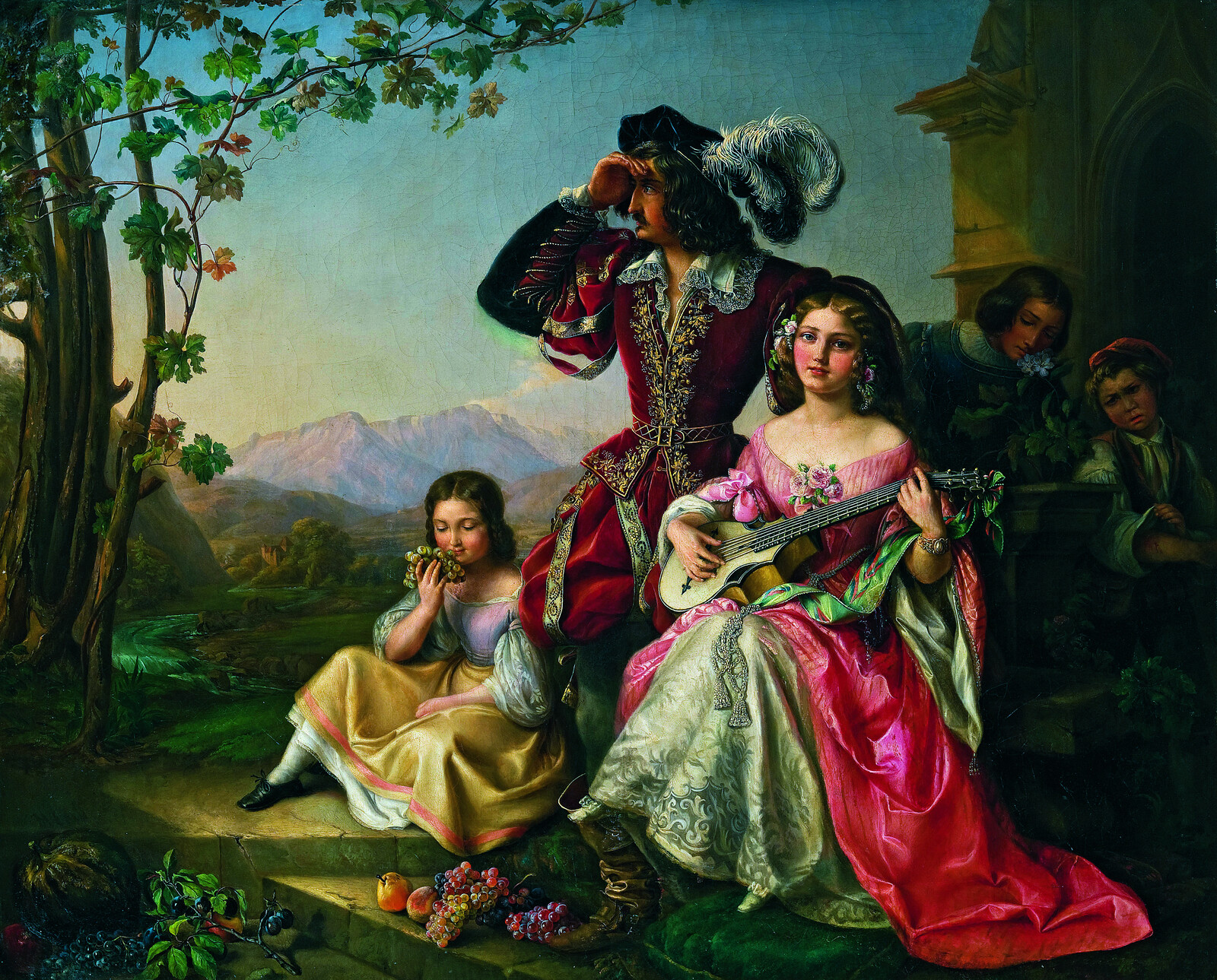Members’ exhibition
June 23–September 25, 2022
Karlsplatz 5
1010 Vienna
Austria
Hours: Monday–Sunday 10am–6pm
T +43 1 5879663
F +43 1 587966399
office@kuenstlerhaus.at
Curated by Georg Schöllhammer and Fanny Hauser.
In collaboration with Johannes Porsch.
The Künstlerhaus is one of the first artist-run institutions in the German-speaking world. The “Genossenschaft der bildenden Künstler im Künstlerhaus,” which later became the “Gesellschaft der bildenden Künstler im Künstlerhaus,” has operated as a genre-inclusive association without interruption since its foundation in 1861. The 2022 members’ exhibition—1503.—curated by Georg Schöllhammer and Fanny Hauser and co-researched and designed by Johannes Porsch, confronts the present with the association’s multifaceted past, paradigmatically reflecting on the awakenings, conflicts, and antagonistic currents of Austria’s visual arts.
In doing so, the exhibition also questions the dichotomy—now taken for granted—between the “avant-garde” Secessionists who left the association in an 1897 éclat and the more inclusive Künstlerhaus, which is often portrayed as being conservative, both in the past and the present. This exploration reconstructs and re-contextualizes the complex web of parallel aesthetic practices, artistic–political fields of action and discussions, and the social inclusion and exclusion which arise from the exemplary artworks, motifs, and debates that define the Künstlerhaus.
In Vienna, “Künstlerhaus” doesn’t just mean the artist’s association, but also the building on the Ringstraße—designed by August Weber—and the history of its construction, renovation, and exhibitions. This is another layer of presentation explored in 1503. In this history, fashions and the prevailing tastes of the time are closely interwoven, with aesthetics that have made their mark, even though the latter in particular often contradicted the association’s artistic and social positions.
In dialogical constellations of current and past positions in painting, graphic design, sculpture, photography, film, scenography, and architecture—and accompanied by selected archival examples illustrating the institutional and exhibition history of the Künstlerhaus—the exhibition intermingles historical conglomerates with recent debates in contemporary art, making it possible to connect the two.
Intensive archive research prior to the show was devoted to both renowned artists and those who were suppressed, forgotten, or unjustly underexposed, as well as to the history of women in the association. Forming the subtext of this exhibition are the shifts in perspective and often unexpected lines of reference that arise from the complexity and diversity of the artistic attitudes and working methods of the members and their aesthetic, political, and social positions.
A publication of the same name documents this research and the exhibition. All active artists’ association members were invited to submit a piece of their work for the design of the book’s dust jacket, which differs from book to book. In this way, the publication itself becomes an exhibition space, reflecting the diversity of aesthetic practices assembled together in the Künstlerhaus today.








